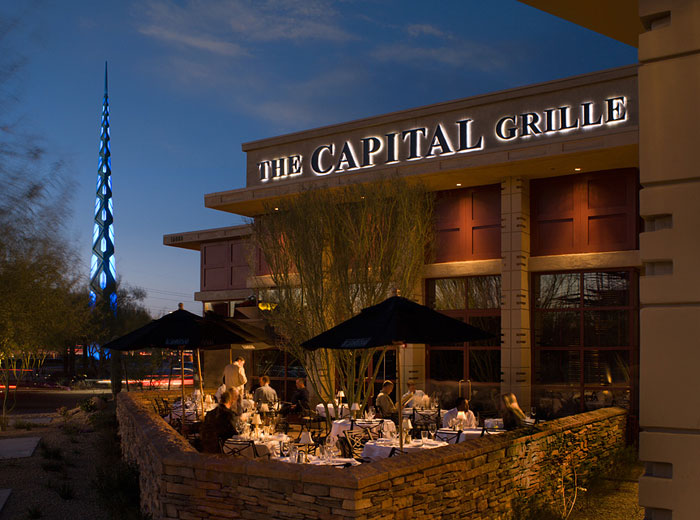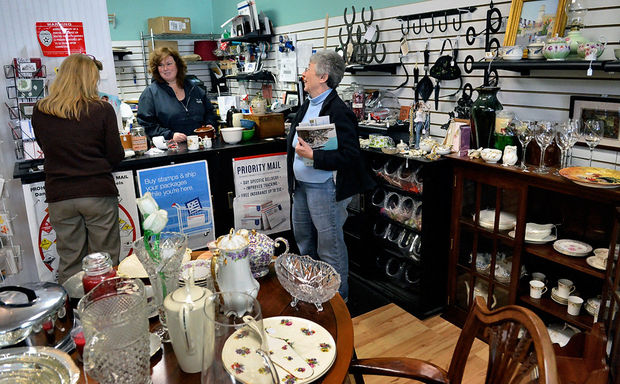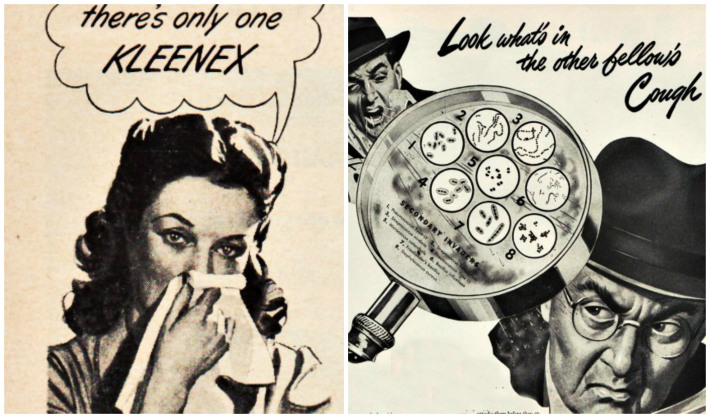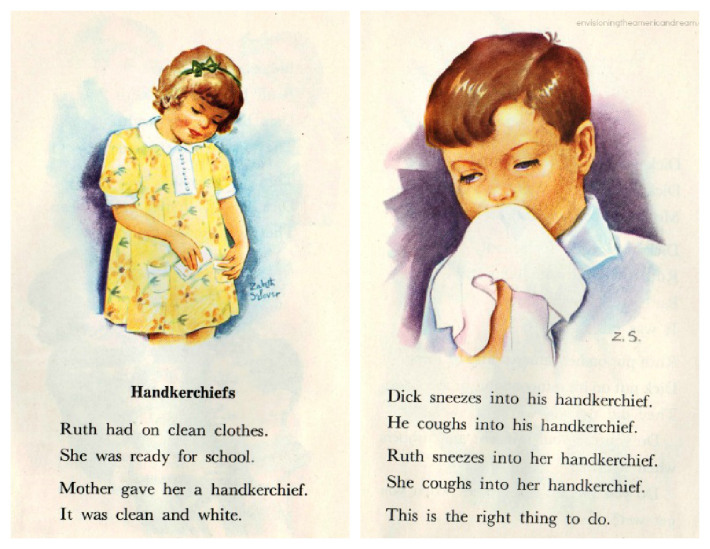By NELSON D. SCHWARTZ

Capital Grille, Scottsdale, AZ
In Manhattan, the upscale clothing retailer Barneys will replace the bankrupt discounter Loehmann’s, whose Chelsea store closes in a few weeks. Across the country, Olive Garden and Red Lobster restaurants are struggling, while fine-dining chains like Capital Grille are thriving. And at General Electric, the increase in demand for high-end dishwashers and refrigerators dwarfs sales growth of mass-market models.
As politicians and pundits in Washington continue to spar over whether economic inequality is in fact deepening, in corporate America there really is no debate at all. The post-recession reality is that the customer base for businesses that appeal to the middle class is shrinking as the top tier pulls even further away.
If there is any doubt, the speed at which companies are adapting to the new consumer landscape serves as very convincing evidence. Within top consulting firms and among Wall Street analysts, the shift is being described with a frankness more often associated with left-wing academics than business experts.
 “Those consumers who have capital like real estate and stocks and are in the top 20 percent are feeling pretty good,” said John G. Maxwell, head of the global retail and consumer practice at PricewaterhouseCoopers.
“Those consumers who have capital like real estate and stocks and are in the top 20 percent are feeling pretty good,” said John G. Maxwell, head of the global retail and consumer practice at PricewaterhouseCoopers.
In response to the upward shift in spending, PricewaterhouseCoopers clients like big stores and restaurants are chasing richer customers with a wider offering of high-end goods and services, or focusing on rock-bottom prices to attract the expanding ranks of penny-pinching consumers.
“As a retailer or restaurant chain, if you’re not at the really high level or the low level, that’s a tough place to be,” Mr. Maxwell said. “You don’t want to be stuck in the middle.”
Although data on consumption is less readily available than figures that show a comparable split in income gains, new research by the economists Steven Fazzari, of Washington University in St. Louis, and Barry Cynamon, of the Federal Reserve Bank of St. Louis, backs up what is already apparent in the marketplace.
In 2012, the top 5 percent of earners were responsible for 38 percent of domestic consumption, up from 28 percent in 1995, the researchers found.
Even more striking, the current recovery has been driven almost entirely by the upper crust, according to Mr. Fazzari and Mr. Cynamon. Since 2009, the year the recession ended, inflation-adjusted spending by this top echelon has risen 17 percent, compared with just 1 percent among the bottom 95 percent.
More broadly, about 90 percent of the overall increase in inflation-adjusted consumption between 2009 and 2012 was generated by the top 20 percent of households in terms of income, according to the study, which was sponsored by the Institute for New Economic Thinking, a research group in New York.
The effects of this phenomenon are now rippling through one sector after another in the American economy, from retailers and restaurants to hotels, casinos and even appliance makers.
For example, luxury gambling properties like Wynn and the Venetian in Las Vegas are booming, drawing in more high rollers than regional casinos in Atlantic City, upstate New York and Connecticut, which attract a less affluent clientele who are not betting as much, said Steven Kent, an analyst at Goldman Sachs.
Among hotels, revenue per room in the high-end category, which includes brands like the Four Seasons and St. Regis, grew 7.5 percent in 2013, compared with a 4.1 percent gain for midscale properties like Best Western, according to Smith Travel Research.
While spending among the most affluent consumers has managed to propel the economy forward, the sharpening divide is worrying, Mr. Fazzari said.
 “It’s going to be hard to maintain strong economic growth with such a large proportion of the population falling behind,” he said. “We might be able to muddle along — but can we really recover?”
“It’s going to be hard to maintain strong economic growth with such a large proportion of the population falling behind,” he said. “We might be able to muddle along — but can we really recover?”
Mr. Fazzari also said that depending on a relatively small but affluent slice of the population to drive demand makes the economy more volatile, because this group does more discretionary spending that can rise and fall with the stock market, or track seesawing housing prices. The run-up on Wall Street in recent years has only heightened these trends, said Guy Berger, an economist at RBS, who estimates that 50 percent of Americans have no effective participation in the surging stock market, even counting retirement accounts.
Regardless, affluent shoppers like Mitchell Goldberg, an independent investment manager in Dix Hills, N.Y., say the rising stock market has encouraged people to open their wallets and purses more.
“Opulence isn’t back, but we’re spending a little more comfortably,” Mr. Goldberg said. He recently replaced his old Nike golf clubs with Callaway drivers and Adams irons, bought a Samsung tablet for work and traded in his minivan for a sport utility vehicle.
And while the superrich garner much of the attention, most companies are building their business strategies around a broader slice of affluent consumers.
At G.E. Appliances, for example, the fastest-growing brand is the Café line, which is aimed at the top quarter of the market, with refrigerators typically retailing for $1,700 to $3,000.
“This is a person who is willing to pay for features, like a double-oven range or a refrigerator with hot water,” said Brian McWaters, a general manager in G.E.’s Appliance division.

The Café line of refrigerators and other appliances, which is directed at the high end of the market. Credit Angela Shoemaker for The New York Times
At street level, the divide is even more stark.
Sears and J. C. Penney, retailers whose wares are aimed squarely at middle-class Americans, are both in dire straits. Last month, Sears said it would shutter its flagship store on State Street in downtown Chicago, and J. C. Penney announced the closings of 33 stores and 2,000 layoffs.
Loehmann’s, where generations of middle-class shoppers hunted for marked-down designer labels in the famed Back Room, is now being liquidated after three trips to bankruptcy court since 1999.
The Loehmann’s store in Chelsea, like all 39 Loehmann’s outlets nationwide, will go dark as soon as the last items sell. Barneys New York, which started in the same location in 1923 before moving to a more luxurious spot on Madison Avenue two decades ago, plans to reopen a store on the site in 2017.
Investors have taken notice of the shrinking middle. Shares of Sears and J. C. Penney have fallen more than 50 percent since the end of 2009, even as upper-end stores like Nordstrom and bargain-basement chains like Dollar Tree and Family Dollar Stores have more than doubled in value over the same period.

Competition from online giants like Amazon has only added to the problems faced by old-line retailers, of course. But changes in the restaurant business show that the effects of rising inequality are widespread.
A shift at Darden, which calls itself the world’s largest full-service restaurant owner, encapsulates the trend. Foot traffic at midtier, casual dining properties like Red Lobster and Olive Garden has dropped in every quarter but one since 2005, according to John Glass, a restaurant industry analyst at Morgan Stanley.
With diners paying an average tab of $16.50 a person at Olive Garden, Mr. Glass said, “The customers are middle class. They’re not rich. They’re not poor.” With income growth stagnant and prices for necessities like health care and education on the rise, he said, “They are cutting back.” On the other hand, at the Capital Grille, an upscale Darden chain where the average check per person is about $71, spending is up by an average of 5 percent annually over the last three years.
LongHorn Steakhouse, another Darden chain, has been reworked to target a slightly more affluent crowd than Olive Garden, with décor intended to evoke a cattleman’s ranch instead of an Old West theme.
Now, hedge fund investors are pressuring Darden’s management to break up the company and spin out the more upscale properties into a separate entity.
“A separation could make sense from a strategic perspective,” Mr. Glass said. “Generally, the specialty restaurant group is more attractive demographically.”
A version of this article appears in print on February 3, 2014, on page A1 of the New York edition with the headline: The Middle Class Is Steadily Eroding. Just Ask the Business World




































